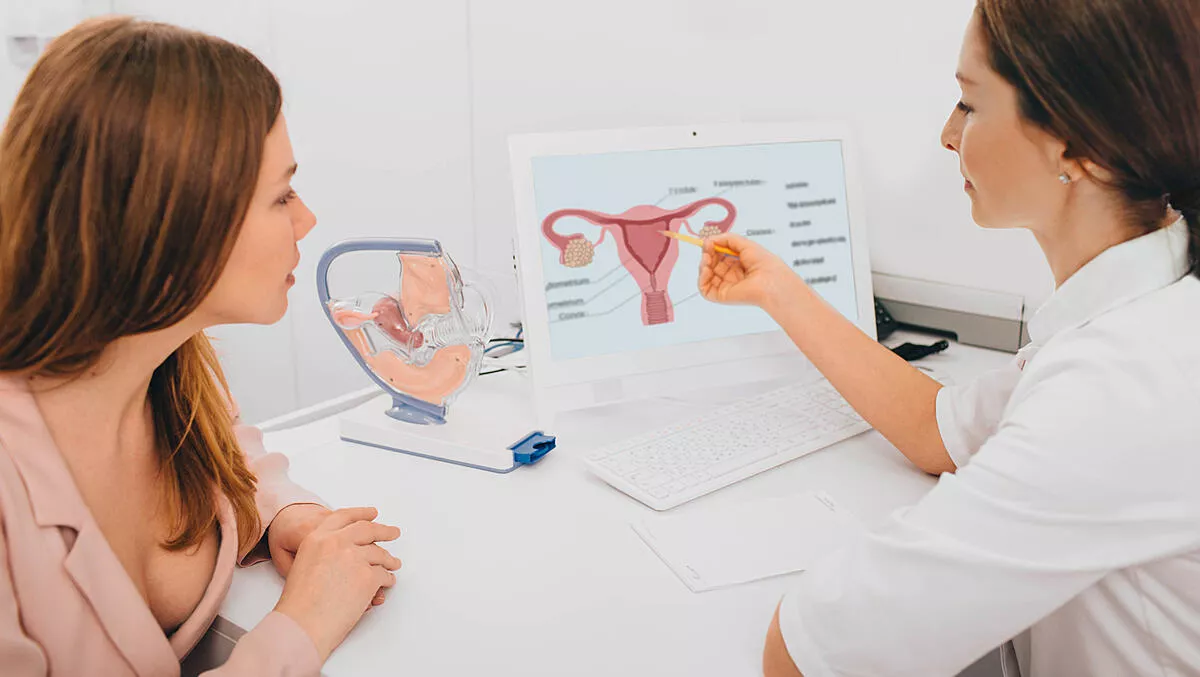
Female-focused healthtech solutions a growing market
Market revenue for femtech, technology designed specifically to address the needs of females, is expected to reach $1.1 billion by 2024, growing at a compound annual growth rate (CAGR) of 12.9%.
Historically, the particular biological needs of females have been seriously and harmfully ignored or even punished.
From the catch-all diagnosis of 'hysteria' that was used to oppress women for centuries, to the eugenicist practice of forced sterilisation that was frequently used on women who meet expectations of behaviour, all the way to the ignorance and fear around menstruation that continues to this day.
Frost - Sullivan's latest research, Growth Opportunities in the Global Femtech Market, Forecast to 2024, covers over 190 core and non-core femtech companies and their solutions for menstrual care, fertility (conception and contraception support, affordable in vitro fertilisation), pregnancy care, menopause and geriatric care, and general health and wellness.
Through solutions targeting early diagnosis and using connected healthcare services, these technologies can reduce healthcare costs, decreasing the overall cost burden of a country while elevating healthcare standards and quality of life for women.
(Pharmaceutical drugs and cancer solutions are not included in this study – The "Femtech—Time for a Digital Revolution in the Women's Health Market" executive briefing, which includes pharmaceutical drugs and cancer solutions, shows that femtech's potential is expected to reach $50 billion by 2025.)
"Femtech companies all over the world, such as Nabta Health, Kasha, UE Lifesciences, HeraMed and BloomLife, are addressing regional women's unmet needs with innovative business models and approaches," says Frost - Sullivan transformational health programme manager Siddharth Shah.
"These companies are primed for significant growth if they manage to scale their low-cost solutions across all regions, customising them when necessary.
Femtech companies and organisations operating in this sector should explore the growth opportunities in:
- Developing connected health solutions for pregnancy care with affordable pricing models and doctors' support.
- Expanding reach to low-income regions such as Africa and Asia, which are also the locations with the highest female populations.
- Harnessing innovation from the increasing number of start-ups targeting the space.
- Meeting the unmet needs of women with culturally appropriate solutions, such as wearable devices or leveraging technologies such as telehealth.
- Reaching the previously inaccessible women customers in rural areas with digital health technologies such as smartphone apps, which would be successful because of increasing internet penetration, even in less-developed regions such as Africa.
Growth Opportunities in the Global Femtech Market, Forecast to 2024 is a part of Frost - Sullivan's Transformational Health Growth Partnership Service programme, which helps organisations identify a continuous flow of growth opportunities to succeed in an unpredictable future.


